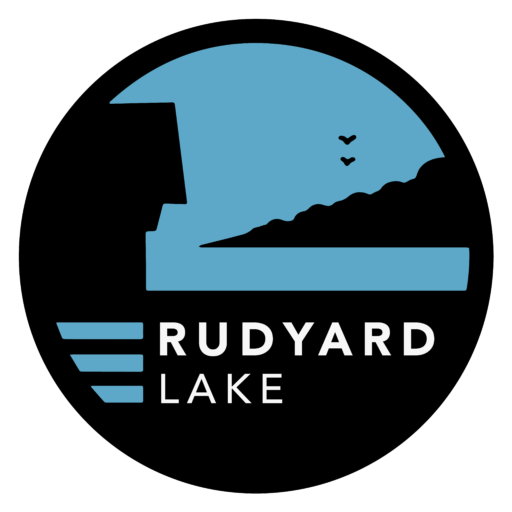
Houses of Rudyard
Background
Rudyard village consists primarily of four roads which meet at the mini-roundabout in front of what was the Railway Hotel, a location known in the past as Harper’s Gate:
• Rudyard Road (B5331) arrives from the A523 Leek to Macclesfield road, under the railway bridge, across the feeder canal and up the hill
• Lake Road runs towards the Dam Head access
• Dunwood Lane winds narrowly down towards Endon
• Camrose Hill (a.k.a Horton Bank) rises steeply to the left of the memorial
All four roads contain an eclectic mix of properties from a number of historical periods. Some have been extensively renovated and extended. However, it is still possible to distinguish examples that illustrate the development within the village.
The early agricultural community
Tenant farmers’ dwellings were stone built cottages, usually with two rooms on the ground and first floor. Some of these were terraced, as Red Cottage and Lilac Cottage on Lake Road (close to the Dam Head access track) or Rock Cottage, Hawthorn Cottage and Woodlands on Dunwood Lane.
Others stood alone, a fact that often led to further building in later times. This can be clearly seen at Greenlands, the furthest house on Dunwood Lane, where the original cottage occupies the central portion.
Another example, reputed to be the oldest property in the village, is Underwood House, set back from Lake Road opposite the Hotel. Dumpling Cottage on Dunwood Lane gives probably the best example of the original form.
An intriguing sign of early building is found in the datestone 1610 set into the wall of the former Railway Hotel on the Dunwood Lane side. The origin of this is unknown.
The village on the reservoir
There are two significant houses from the period between the building of the dam and the coming of the North Staffordshire Railway. A property was built for the water bailiff, above the feeder canal.
Essentially a cottage in the old tradition, this was to be much extended into what is now the Hotel Rudyard.
Secondly, the Haworth family commissioned Cliffe Park Hall in a commanding position above the western shores of the lake. This imposing, castellated structure subsequently became the clubhouse for Rudyard Lake Golf Club, a Youth Hostel and has now reverted to private ownership.
Rudyard Villa and Spite Hall
Rudyard Villa is another property from this period. Located above the lake on the western side, it originally enjoyed a panoramic view of the water and the hills. An adjacent landowner took umbrage for some now forgotten reason and built a barn and cottage immediately in front of the house, effectively blocking the view. Soon the new cottage inherited the name “Spite Hall”, a name that still exists today.
Soon the new cottage inherited the name “Spite Hall”, a name that still exists today…
The Blackpool of the Potteries
The NSR very soon saw the potential of Rudyard Lake as a tourist destination and trainloads of workers from the Potteries came to enjoy the beauty and the outdoor facilities.
Local landowners followed the railway’s lead, sensing the opportunity to make a significant profit by the sale of plots of land for the erection of villa type properties. However, initial auctions in 1873 and 1880 saw a low take up on land purchase.
The reason given was that the plots on offer were too large. Only when the plots were subdivided did Rudyard see the building of a series of smaller cottages. Vine Cottage and Rose Cottage, close to the start of Lake Road, are good examples, with date stones in the early 1880s.
It was only with the last auction, in 1890, that a greater number of enterprising individuals seized the opportunity and built larger properties, such as Pine Cottage, Sylvian House and Albury House, offering tourist accommodation, teas and storage facilities for bicycles. Camrose Hall (originally known as Holly Bank), a large property to the left of the memorial, also had three lock-up shops on its ground floor.
A search along Lake Road will reveal a large number of houses with date stones from the 1890s. Rudyard had become a very popular destination, and the property boom provided for a growing demand.
Modern developments
The 20th century saw a random building programme in the village. Many of the older properties were extended or renovated and small clusters of bungalows and chalet style houses filled in plots of land left vacant from the earlier developments or in place of wooden buildings that served as tea rooms.
A cul de sac at the point where Lake Road becomes an unmade track contains a small estate of council houses.
The village is now a busy mix of a commuter community, for the Potteries and Macclesfield, and a rural retreat for older couples.























